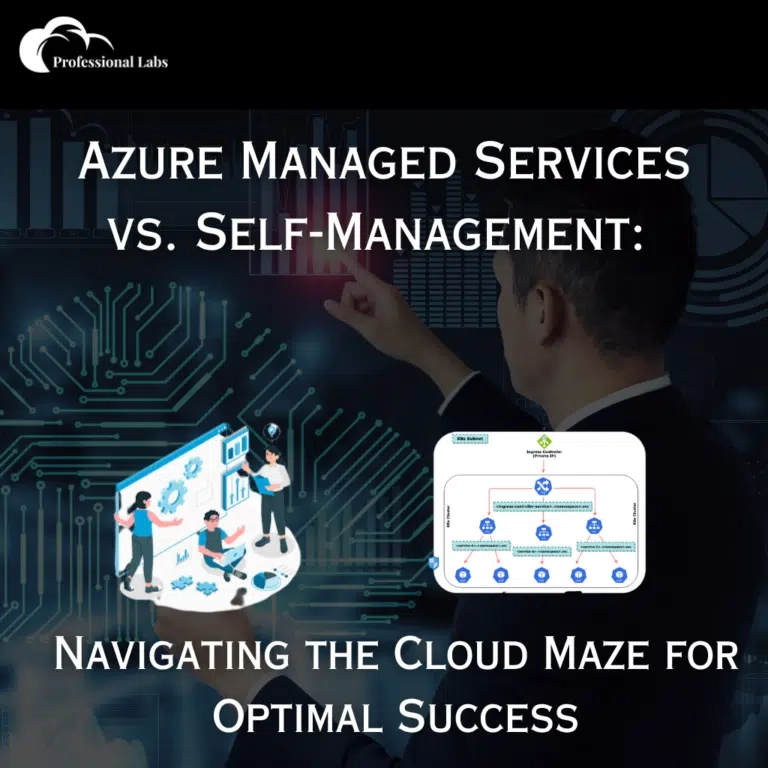- Home
- About
- Services
- Custom Software Development Services
- Managed SOC Security Service
- Azure Virtual Desktop Service
- Defender For Endpoint Technologies To Safeguard Networks
- Cloud Managed Services
- Email Security Services Provider
- Expert Citrix Consulting Services
- IT Help Desk
- PKI Consulting
- Microsoft Cloud App Security Services
- Microsoft Defender For Identity Security Services
- Market Research Services
- Modern Workplace
- Web Development Services
- Active Directory Consulting
- Azure Cloud Managed Security Services
- IT Training Services
- CRM (Customer Relationship Management) Services
- ERP Services
- Ticketing System Service
- Microsoft Power Platform
- Microsoft Dynamics 365 Services
- Dynamics 365 Business Central
- Dynamics 365 Field Service
- Dynamics 365 Customer Service
- Dynamics 365 Marketing
- Dynamics 365 Sales
- Microsoft Power Platform
- Dynamics 365 Consulting
- Dynamics 365 Implementation & Rollout
- Dynamics 365 Customization & Development
- Dynamics 365 Migration & Upgrade
- Dynamics 365 Managed Services & Support
Dynamics 365 Services
Power Platform Services
- Partnership
- Blog
- Contact
Self-Management Vs. Leveraging Azure managed services for maximum impact through Cloud Maze.

Selecting between Azure managed services and self-management is a crucial choice that can affect the speed of cloud computing and the direction of your company’s developing digital transformation. As businesses strive to harness the full potential of Microsoft Azure, the question arises: should you embrace the simplicity of fully managed services or take the reins with self-management? Join us on this insightful exploration as we unravel the nuances of Azure Managed Services and self-management, guiding you towards the optimal path for your business.
Unlocking the Power of Azure Managed Services
In the era of digital innovation, efficiency and scalability are paramount. Azure Managed Services beckon as a strategic ally for businesses aiming to leap ahead in the digital race. Picture a scenario where the complexities of infrastructure management, security updates, and performance optimization are seamlessly handled, freeing your team to focus on innovation and core business objectives.
Azure Managed Services, delivered as a turnkey solution, provide a dedicated team of experts committed to ensuring your Azure environment operates at peak efficiency. Azure Managed Services provide ongoing optimisation, proactive issue resolution, and round-the-clock monitoring to enable your company to take full use of Azure’s capabilities without having to worry about day-to-day management. This increases operational effectiveness and provides a cost-effective solution because it removes the requirement for an internal IT team to learn the nuances of Azure infrastructure.
The Challenge of Self-Management
Conversely, self-management shifts the burden of accountability directly onto your organisation. While it may appear cost-effective initially, the true complexities and costs often reveal themselves over time. Navigating Azure’s intricacies, from security patches to performance optimization, demands significant time and expertise.
Self-management might be suitable for organizations with an existing pool of Azure experts, but for many businesses, the learning curve can be steep and the margin for error narrow. The risk of security vulnerabilities, downtime, and suboptimal performance looms large, potentially hindering your business operations and bottom line.
Optimal Solutions for Maximum Impact
In the grand scheme of digital evolution, the choice between Azure Managed Services and self-management is a pivotal decision that demands thoughtful consideration. While self-management provides autonomy, it comes with a hefty responsibility that may divert focus from core business objectives. However, Azure Managed Services provide a customised approach along with a team of specialists who are devoted to making your Azure system work at its best.
As businesses navigate the complexities of the cloud, the decision ultimately boils down to strategic priorities and resource allocation Regardless of the route you take, it’s critical to evaluate the capabilities of your company, your long-term objectives, and the degree of assistance needed to fully use Microsoft Azure.
Business Continuity and Disaster Recovery (BCDR) Considerations
It is imperative to take Business Continuity and Disaster Recovery (BCDR) into account while assessing SQL Server on Azure deployment options. Both fully managed and self-managed models offer distinct approaches to BCDR, and your choice may significantly impact your organization’s ability to recover from unforeseen events.
Fully Managed with Azure SQL Database:
Azure SQL Database provides automated database backups, offering a level of data protection. However, the schedule and frequency may not always align perfectly with your organization’s Disaster Recovery (DR) requirements. In scenarios where a more tailored BCDR strategy is necessary, additional efforts may be needed to perform manual backups or utilize custom scripts. Additionally, copying data to additional Azure regions for redundancy may be required, adding complexity to your BCDR planning.
Self-Managed: Setting up SQL Server in a virtual machine on Azure:
Choosing the self-managed option grants you more control over your BCDR strategy. You have the flexibility to configure high availability, backup management, and patching according to your specific requirements. While this empowers organizations with a customized approach to disaster recovery, it also means shouldering the responsibility for devising and maintaining a robust BCDR plan. This includes considerations for data replication, failover mechanisms, and ensuring minimal downtime in case of unexpected incidents.
Ultimately, the decision between fully managed and self-managed SQL Server deployments on Azure should align with your organization’s BCDR objectives. Assessing the criticality of your data, recovery time objectives (RTO), and recovery point objectives (RPO) will guide you in choosing the deployment model that best suits your business continuity and disaster recovery needs.
Conclusion:
Of course, Azure Managed Services is a beacon of hope that allows companies to fully utilize Azure without worrying about day-to-day management. The journey towards digital transformation becomes smoother, most efficient, and ultimately, more rewarding. Whether you choose the ease of managed services or the difficulty of self-management, the important thing is to make sure your decision is in line with the specific requirements and goals of your company.
Feel Free To Know More About Azure Consulting Services

